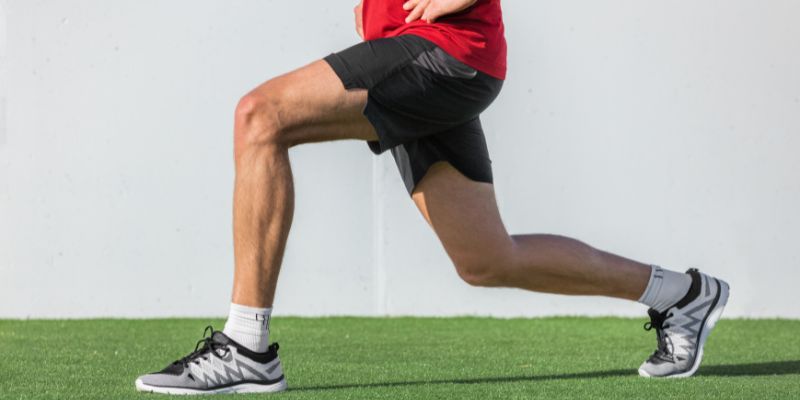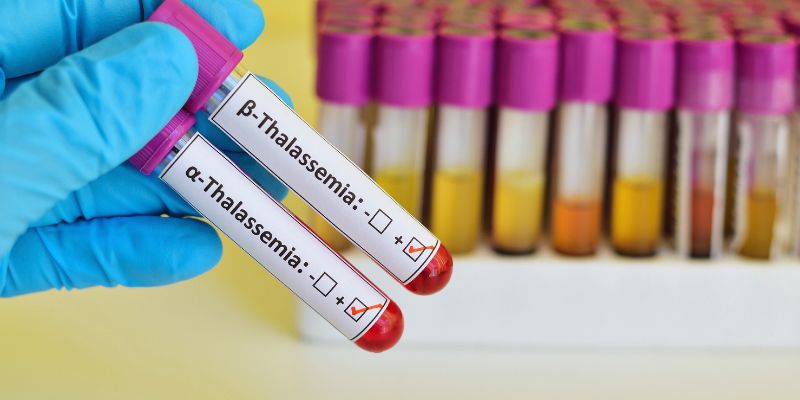Although it involves more than just moving your legs, running is one of the easiest exercise methods. It works several different muscles in your body. Running engages nearly all your main muscle groups, from your legs driving your movement to your core, offering stability. Knowing which muscles work may help you maximize your training, avoid injuries, and improve performancewhether jogging for fitness, sprinting, or preparing for a marathon.
We will explore the major running muscles in this article and how each affects how smoothly you run.
The primary muscles used during running are your legs. They provide the force and strength you need to move your body forward with every step. Important leg muscles used are:
The muscles at the front of the thighs, known as the quadriceps, are essential for knee movement. When you straighten your leg and push your body forward, the push-off phase of running involves using these muscles. Strong quadriceps help increase running speed and provide a solid forward motion.
The hamstrings, muscles located at the back of the thighs, function in opposition to the quadriceps. They facilitate leg raising while running by extending the hip and bending the knee. The hamstrings help slow down your leg during the swinging phase to prepare for landing and avoid overstretching and damage.

Your gastrocnemius and soleus muscles are essential for pushing off the ground with each step. During the push-off phase, the soleus and gastrocnemius muscles help raise your heel. These muscles help absorb stress when your foot hits the ground and are crucial for producing a powerful forward motion.
Among the biggest muscles in the body are the gluteus maximus, medius, and minimus. They push your leg forward with their substantial hip extension when you run. Additionally, glutes support healthy posture and pelvic stability, which lowers the chance of injury and improves running technique.
To maintain good posture and balance when running, your core muscles stabilize your body. Together with your leg muscles, these muscles help you run smoothly and avoid over-moving. Important core muscles consist of:
Running posture mostly depends on your abdominal muscles. As part of the "six-pack," the rectus abdominis helps with trunk stability. Located on the sides of the abdomen, the obliques aid in regulating side-to-side swaying and rotating motions. The deep transverse abdominis maintains stability and posture by acting as a corset.
When you run, the erector spinae muscles, which run along your spine, help you keep your posture straight. They support your back, extend as you progress, and keep you from slouching. During longer runs, these muscles are essential for minimizing fatigue and pain.
Additionally, your upper body plays a role in your overall posture and movement as you run. Your arms are crucial for maintaining your balance and rhythm.
Your arms swing in time with your legs to keep rhythm and balance your leg motions. The muscles in your shoulders help regulate the swing and maintain an effective movement pattern. At the same time, the biceps and triceps cooperate to push your arms forward and backward in a natural motion.

The rhomboids and trapezius are two muscles in the upper back that are important for shoulder stability and proper posture. By keeping your arms free to swing and your body in line with your legs, these muscles help you avoid slouching or hunching, improving your running form's efficiency.
Lifting your legs and sustaining stride efficiency depend on your hip flexors. These musclesthe rectus femoris, sartorius, and iliopsoaslift your knee and get your leg ready for the subsequent movement. Hip flexor weakness or tightness might impair your running ability and cause lower back or hip pain.
Furthermore, the gluteus medius and the iliotibial band (ITB), two muscles surrounding the pelvis, help stabilize the hip and limit excessive side-to-side motion. Maintaining a fluid, effective running motion requires this stability.
The adductors are located on the inside thighs, which is essential for maintaining leg stability while running. To maintain correct alignment and avoid excessive lateral (side-to-side) movement, these muscles bring your legs closer to your body's midline. Additionally, adductors facilitate hip flexion and extension, which helps maintain a steady and balanced walk.
Strong adductors help lower knee and hip strain, particularly for runners on uneven surfaces. You may reduce your chance of injury, improve running form, and improve balance by including adductor workouts in your training routine.
The tibialis anterior, which runs down the front of the shin, is in charge of dorsiflexion, or raising the foot toward the shin. This muscle is essential for regulating where your feet fall while you run, particularly during the landing phase. A solid tibialis anterior leads to a smoother stride, less strain on the ankle joint, and decreased foot slapping.
Shin splints and other frequent lower leg problems among runners might result from weakness in this muscle. In addition to improving running efficiency, strengthening the tibialis anterior also increases protection against lower-leg injuries, especially while running downhill.
Improving your running performance and avoiding injuries requires understanding the muscles used. Increase your running efficiency and lower your risk of muscular strain or tiredness by using and strengthening the proper muscles in your upper body, legs, and core. Focusing on the muscles that drive your movement can help you reach goals, whether running for fitness, race preparation, or just for fun.
Ensure you include a well-rounded strength training routine, flexibility exercises, and appropriate recovery to run at your best. Your muscles will cooperate to move each step if you take the correct method.

By Nancy Miller/Oct 21, 2024

By Kristina Cappetta/Nov 09, 2024

By Georgia Vincent/Oct 07, 2024

By Aldrich Acheson/Dec 07, 2024

By Christin Shatzman/Jan 12, 2025

By Madison Evans/Nov 14, 2024

By Elena Davis/Oct 09, 2024

By Madison Evans/Mar 18, 2025

By Celia Shatzman/Feb 07, 2025

By Triston Martin/Oct 09, 2024

By Triston Martin/Feb 28, 2025

By Elena Davis/Oct 14, 2024